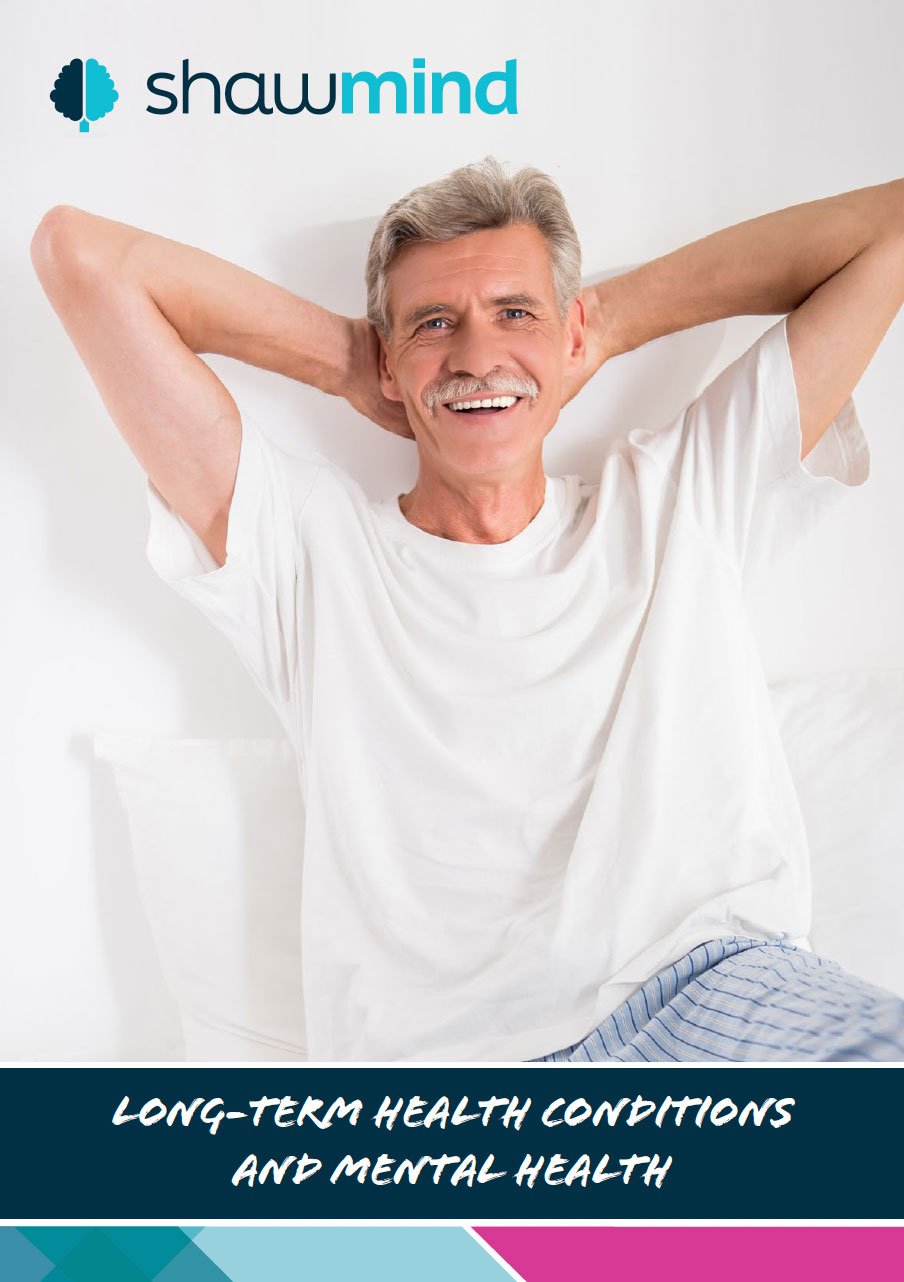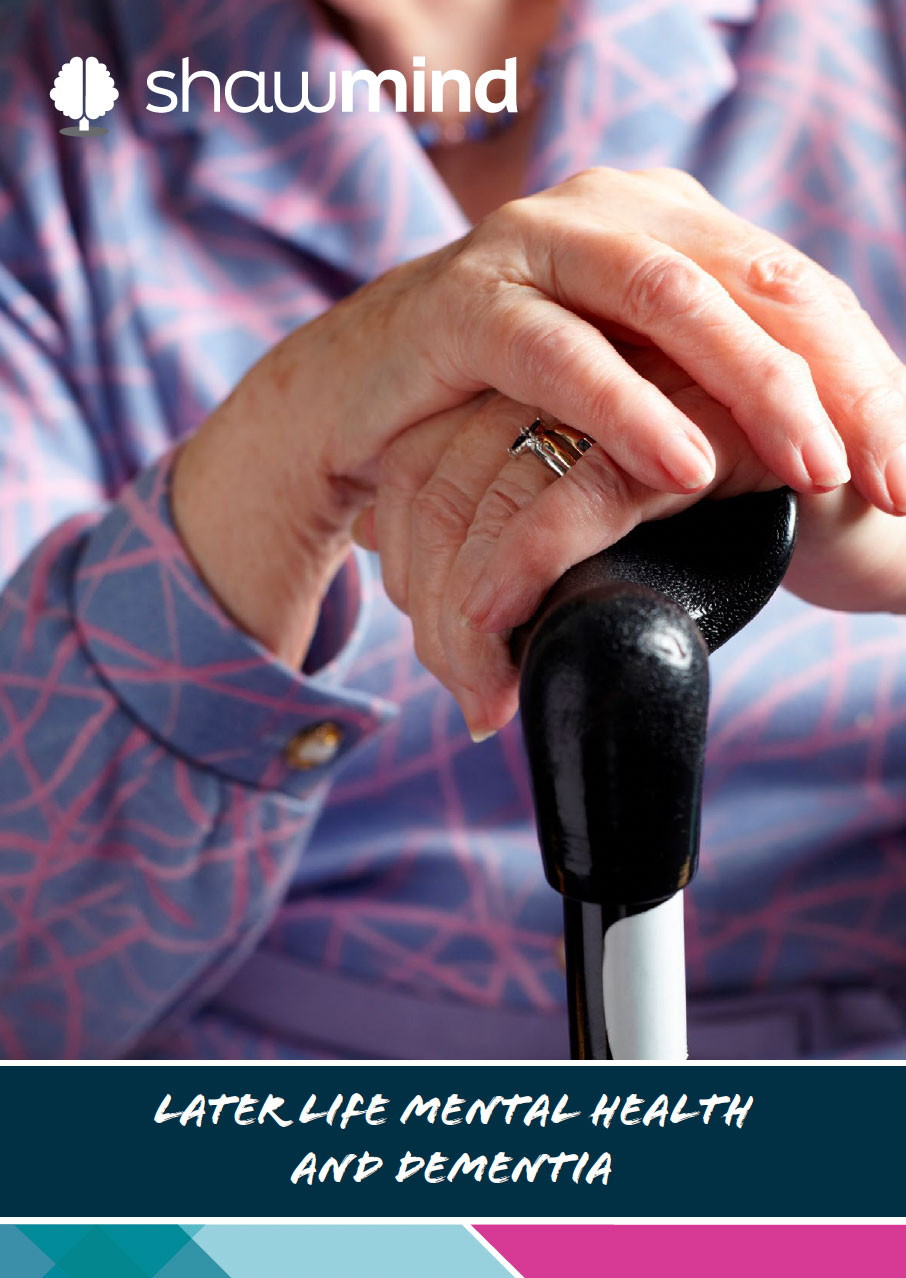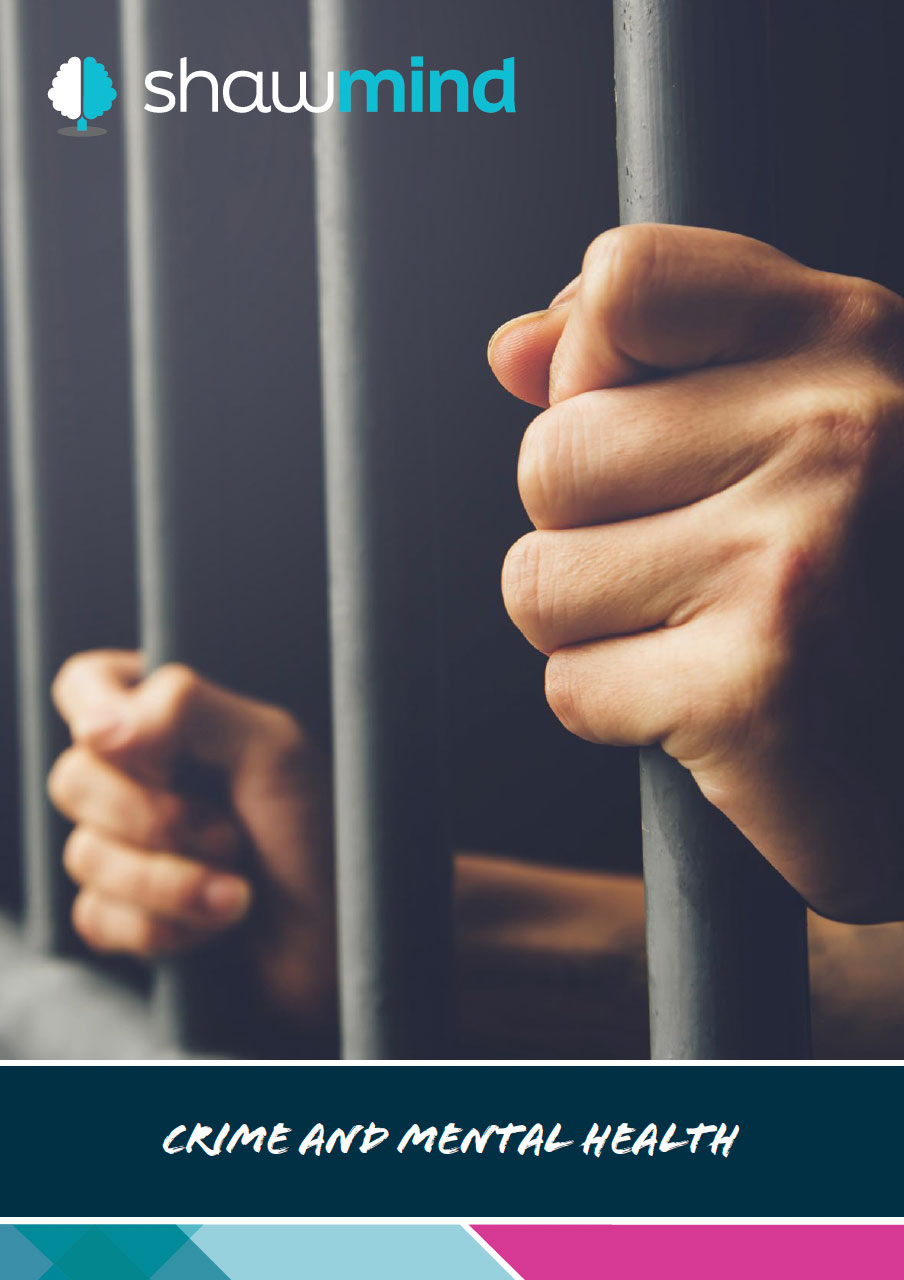When a person becomes a student they are often subject to a vast number of life changes in a short amount of time. For many people this will be their first time living away from home (possibly a substantial distance from their home and family). Unsurprisingly, this can put a number of students at risk of suffering poor mental health. This leaflet will briefly discuss how much of a problem students are having with mental health conditions, why they may be suffering, what they may be suffering from, and what to do to help them. It is important to remember that many conditions that students may present with are common life problems, and as such, don’t fall under the category of mental health conditions. However, there are many conditions seen in students that will
be discussed here.
(We appreciate that ‘university’ in the UK is called ‘college’ in the USA. For the purposes of this leaflet we will use ‘university’ to refer to both. Whilst university education is open to all ages and many people take time out before attending, we are largely referring to people aged between 17 and 25 years old when we refer to undergraduates.)
To find out more, download our student mental health guide:
DOWNLOAD GUIDE










